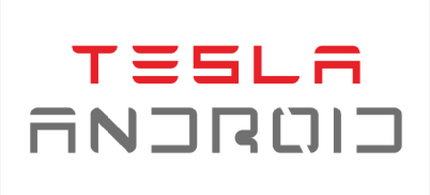When we embarked on the Tesla Android journey, the goal was simple yet bold: enable the Android/CarPlay-style experience in a Tesla vehicle, via an open-source build and self-install hardware. Fast forward a few years of development, hundreds of Compute Module Bundles sold, countless over-the-air (OTA) firmware updates, and we can now look back at a meaningful evolution.
The Starting Line
Back in the early days, the project was built around two Raspberry Pi boards and a custom Android build coupled with a standard Linux distribution. Enthusiasts and tinkerers were the first adopters: those willing to source components, print their own housings, and flash builds themselves.
The Leap: Compute Module Bundle
The real inflection point came with the introduction of the Compute Module 4 Bundle — a pre-assembled, optimised hardware package targeted at users who didn’t want the full DIY path.
With this bundle, the barrier to entry dropped significantly — you didn’t need to be a hardware hacker. Order, install, connect to your Tesla, and begin.
Our hardware is now used all over the world and we can't wait to share more details about what is yet to come! ~Soon!!!
Reflections & Lessons Learned
1. Hardware matters — but so does polish.
The shift from DIY kit to bundled hardware dramatically improved usability and appeal. Many potential users hesitate at soldering or sourcing components; offering a ready-to-install bundle opened the market.
2. Firmware updates build trust and longevity.
With regular OTA updates, users see that the product is living and breathing, not a one-off static release. This encourages adoption, because buyers know their investment will keep improving.
Speaking of OTA Updates... You'll be able to use Tesla Android on both displays in your Highland/Juniper very soon!
3. Community engagement is key.
From tweets, Reddit posts, and media coverage, the project has leveraged its user base for feedback, bug reports, and feature ideas. Early adopters become advocates.
4. Aim for the sweet spot between DIY and consumer-friendly.
This project walked that line: enough hardware abstraction to drop the friction, but enough openness and customisation to keep the hacker appeal. That balance is rare but effective.
We are excited to invite you to the next chapter of Tesla Android, there is a huge software release that we've been slowly cooking for months available as a public beta right now (beta.teslaandroid.com).
Wondering how browser audio performs on the current Tesla Android beta build?
— Tesla Android Project (@TeslaAndroid) September 23, 2025
It’s awesome and you can hear the improved lossless audio quality!
Get the beta build at https://t.co/Dovdp16BVy
Support the project by getting our hardware: https://t.co/8lP3e3zzKA pic.twitter.com/HKBv9l9LL2
It only took us four years to start a blog — better late than never, right?


